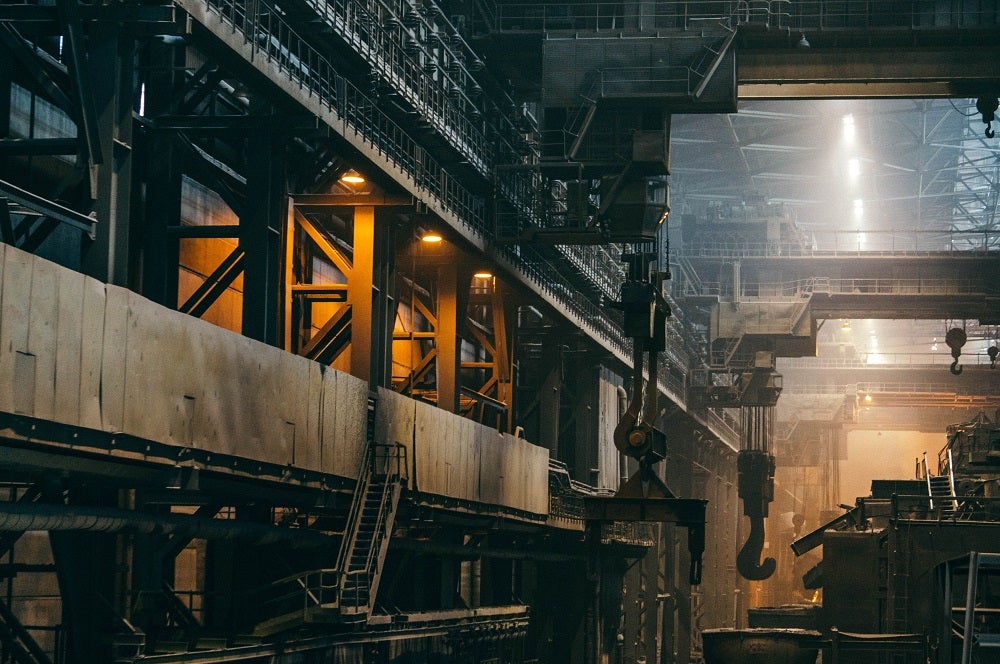
More action is needed to develop clean technologies that will decarbonise industry, buildings and long-distance transport, according to the International Energy Agency (IEA).
While the growth of renewables such solar and offshore wind is helping to drive the low-carbon transition of power generation, this only accounts for 38% of global energy-related emissions.
“Transforming the power sector alone will only get the world one-third of the way to net-zero emissions – not even close to our climate goals,” said IEA executive director Dr Fatih Birol in a press briefing.
More than half (55%) of carbon emissions from energy processes are produced by transport, industry and buildings – “end-use” sectors where existing infrastructure like industrial facilities are likely to be in use for many years.
Dr Birol described how the “overwhelming” focus on new-build projects – low-emission power plants, factories and transportation – is creating “the most important blind spot in the climate change debate today”.
“Yes, [new builds] should be clean and sustainable and we should focus on that, but there is another big issue,” he warned. “We have built power plants, iron, steel, cement and aluminium factories for years and years, and they are still with us.
“It is a huge energy infrastructure and – unless there is government intervention or other good surprises – it will be with us for several decades to come and emitting CO2.
“Without addressing this issue we will have no chance whatsoever of meeting our energy and climate goals.”
Policymakers have a vital role to play in supporting development of clean technologies for industry
In a new report, the Paris-based energy watchdog recommended that an accelerated roll-out of hydrogen and carbon capture and storage (CCS) technologies will be crucial to achieving full decarbonisation, as well as biofuels and further innovation of the technologies that will support widespread electrification.
Ensuring these technologies are commercially available in time for key investment decisions will be critical, it added — something that will require greater policy support to incentivise development.
The IEA estimates that around 40% of cumulative emissions from existing heavy industry infrastructure could be avoided through “strategically-timed investments”.
“A very critical issue is for governments and investors to make the right technology policies and investments,” said Dr Birol. “Governments will determine the fate of these technologies, and therefore whether or not we meet our climate goals.”
The IEA’s Energy Technology Perspectives 2020 report details how much of the infrastructure used in heavy industry is relatively young – on average around 10-15 years’ old – and, if left unchanged, could lead to nearly 750 gigatonnes of additional carbon emissions by 2070.
“This would exhaust the majority of the remaining CO2 budget compatible with limiting the global temperature rise to well below 2C, let alone 1.5C as set out in the Paris Agreement,” the study noted.






